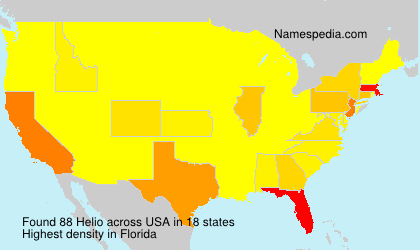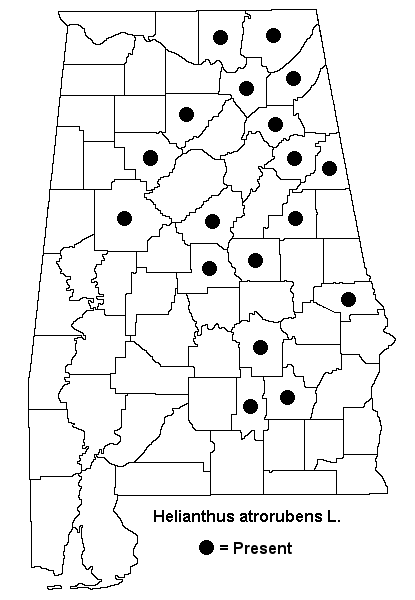

Janssen is often jointly credited with detecting the element, along with Norman Lockyer. Pogson, and Lieutenant John Herschel, and was subsequently confirmed by French astronomer Jules Janssen. Helium was first detected as an unknown, yellow spectral line signature in sunlight during a solar eclipse in 1868 by Georges Rayet, Captain C. Large amounts of new helium are created by nuclear fusion of hydrogen in stars. The most common isotope of helium in the universe is helium-4, the vast majority of which was formed during the Big Bang. This helium-4 binding energy also accounts for why it is a product of both nuclear fusion and radioactive decay. Its abundance is similar to this in both the Sun and Jupiter, because of the very high nuclear binding energy (per nucleon) of helium-4, with respect to the next three elements after helium. It is present at about 24% of the total elemental mass, which is more than 12 times the mass of all the heavier elements combined. It is the second-lightest and second most abundant element in the observable universe, after hydrogen. Its boiling point is the lowest among all the elements, and it does not have a melting point at standard pressure. It is a colorless, odorless, tasteless, non-toxic, inert, monatomic gas and the first in the noble gas group in the periodic table. Helium (from Greek: ἥλιος, romanized: helios, lit.'sun') is a chemical element with the symbol He and atomic number 2. In: Harrison's Principles of Internal Medicine. National Institute of Diabetes and Digestive and Kidney Diseases. Eradication of Helicobacter pylori and gastric cancer: A controversial relationship.

Pathogenesis and clinical management of Helicobacter pylori gastric infection. ACG clinical guideline: Treatment of Helicobacter pylori infection.

Together you can decide whether you may benefit from H. pylori infection or you think you may have a high risk of stomach cancer, talk to your health care provider. pylori infection when you have no signs or symptoms of infection is controversial among experts. Whether there is a benefit to testing for H. pylori infection and its complications are common, health care providers sometimes test healthy people for H. pylori infection is a strong risk factor for certain types of stomach cancer. pylori infection can affect the stomach, causing irritation and swelling (gastritis). This can allow stomach acid to create an open sore (ulcer). pylori can damage the protective lining of the stomach and small intestine. An esophageal ulcer occurs in the lower part of your esophagus.Ĭomplications associated with H. A duodenal ulcer is a peptic ulcer that develops in the first part of the small intestine (duodenum). A peptic ulcer in the stomach is called a gastric ulcer. pylori infection.Ī peptic ulcer is a sore on the lining of your stomach, small intestine or esophagus.

pylori infection if you live with someone who has H. This may be because crowded and unsanitary living conditions may be more common in developing countries. People living in developing countries have a higher risk of H. Having a reliable supply of clean, running water helps reduce the risk of H. Living without a reliable supply of clean water.Living in a home with many other people can increase your risk of H. pylori infection are related to living conditions in childhood, such as: pylori bacteria causes gastritis or a peptic ulcer in some people is still unknown. pylori may also be spread through contaminated food or water. pylori bacteria are usually passed from person to person through direct contact with saliva, vomit or stool.


 0 kommentar(er)
0 kommentar(er)
